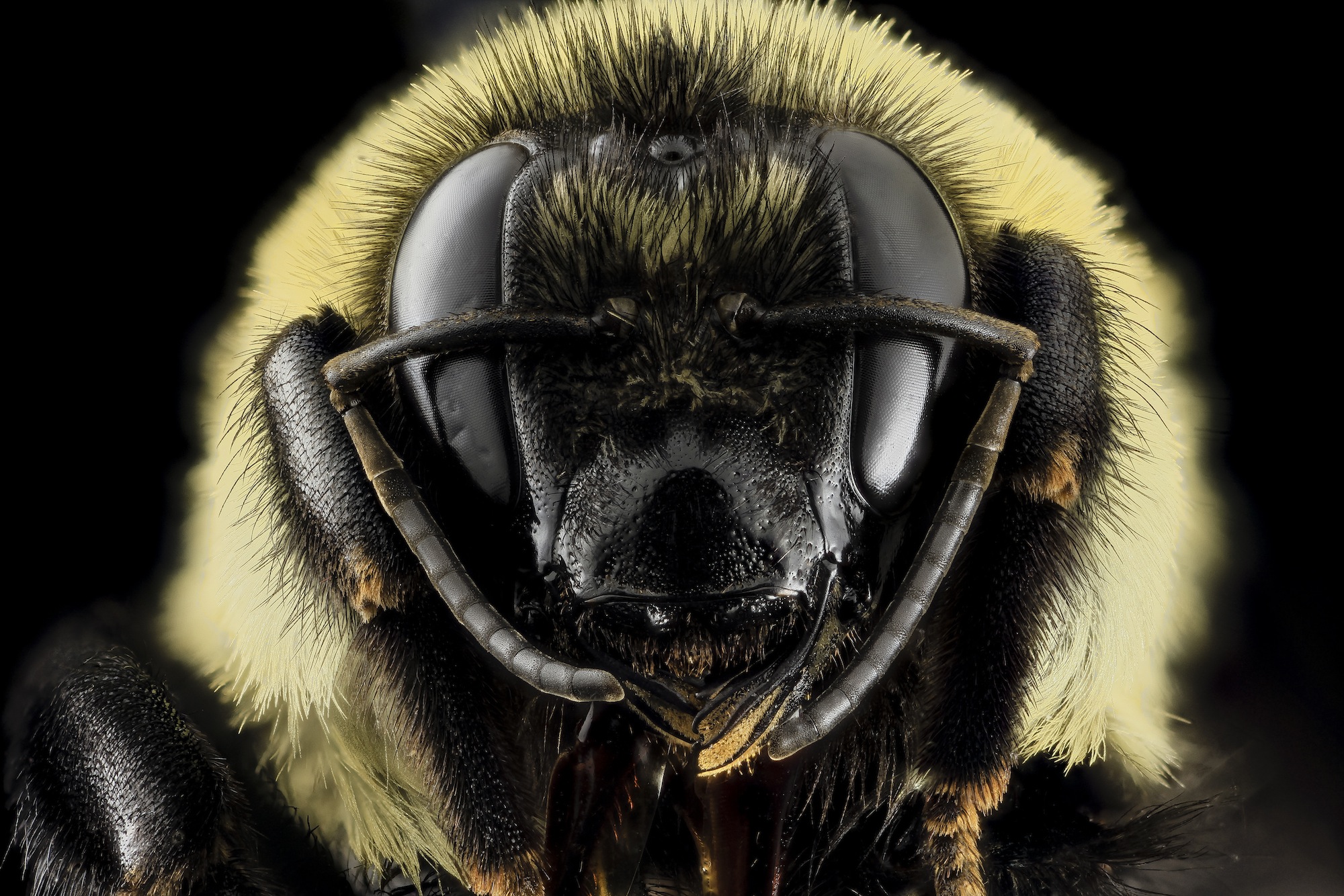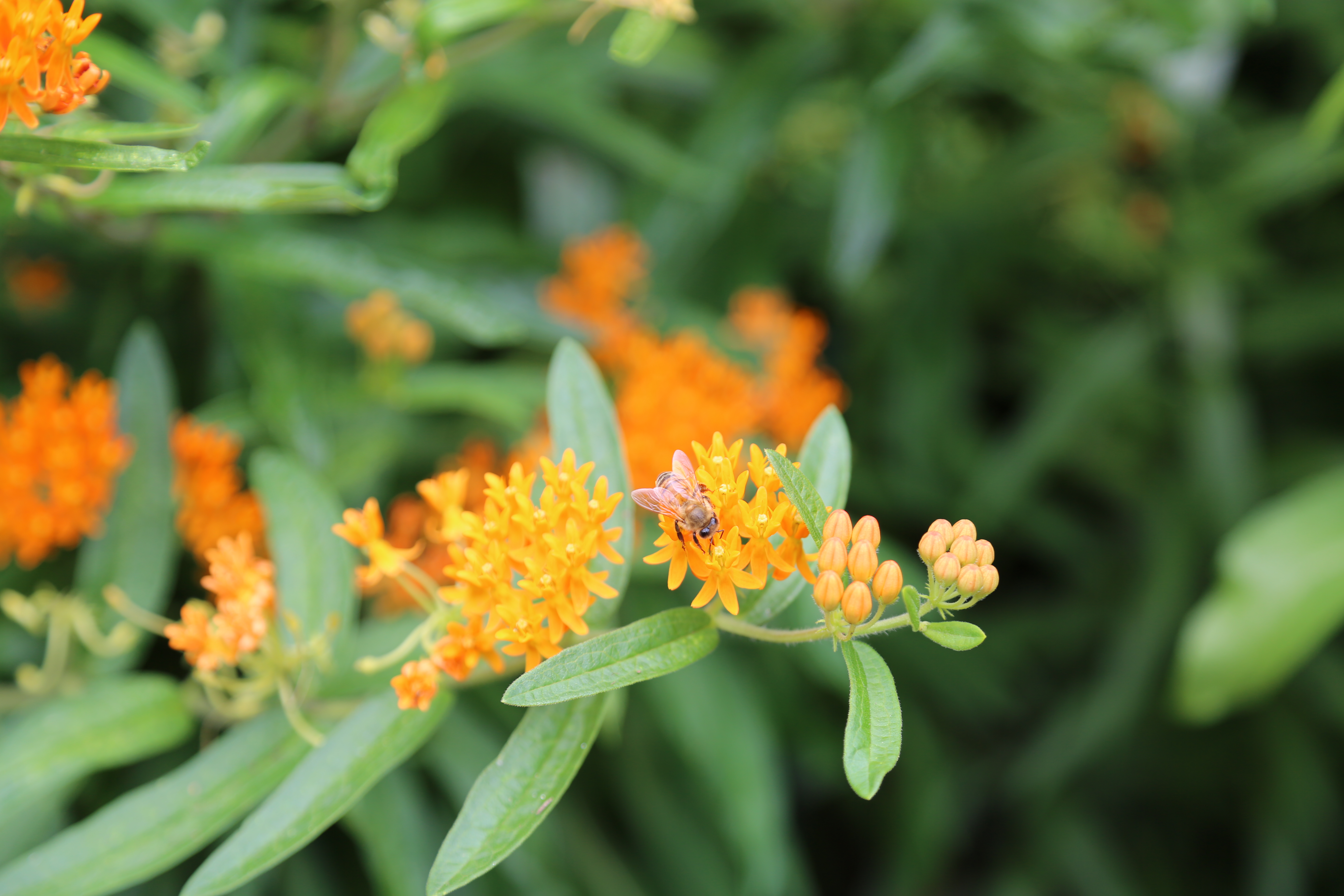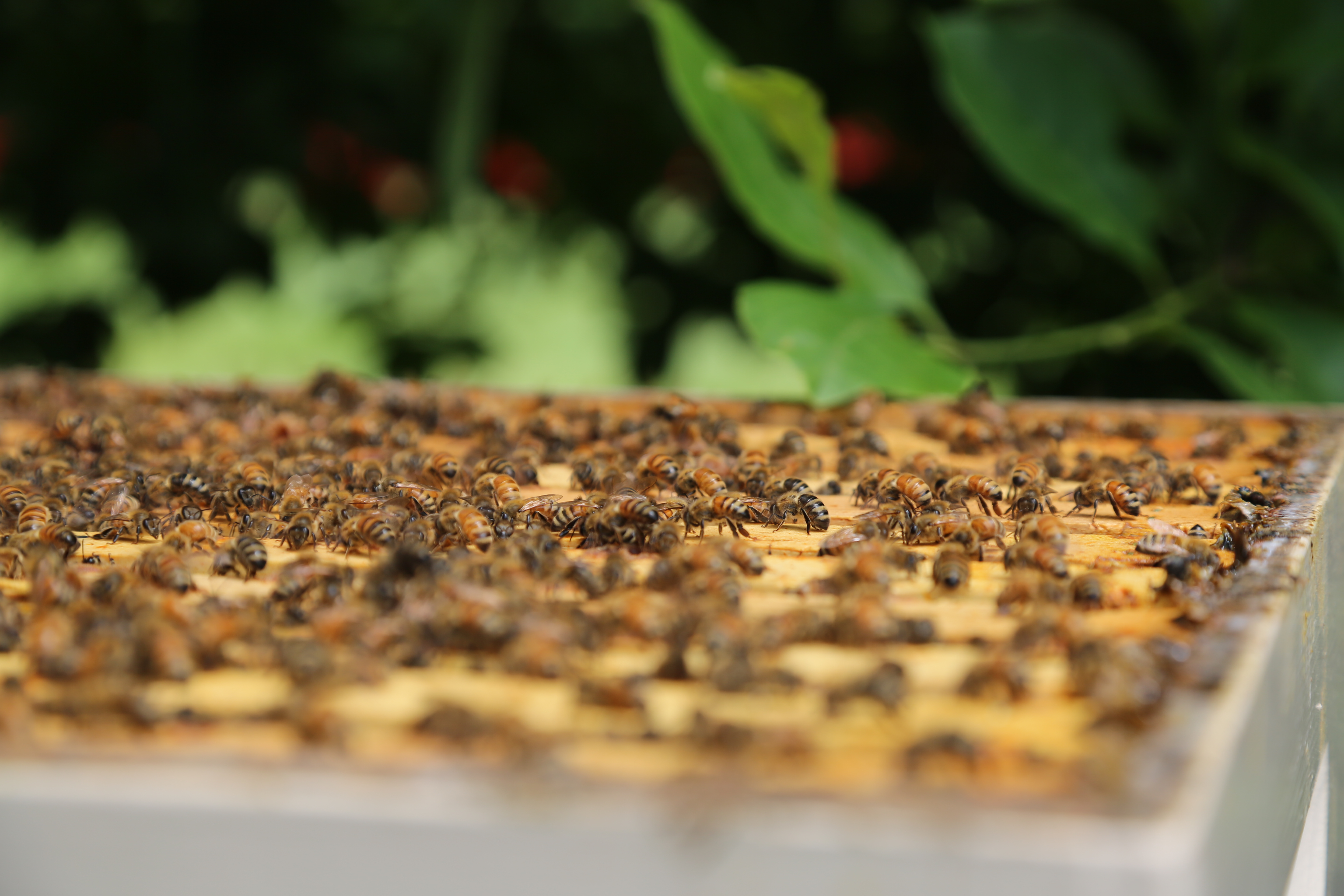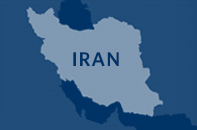PHOTOS AND FACTS: What You Can Learn from the White House Honeybees
It's National Pollinator Week! What does that mean and why should you care?
Check this out:

That's a White House bee -- up close and personal! Just one of the many pollinators buzzing about the White House grounds that we're working hard to protect. As President Obama's Science Advisor Dr. John Holdren wrote in an email this morning:
Honeybees, native bees, other insect pollinators, birds, and bats provide tremendously valuable services to society. That's why, here at the White House and across the Administration, we're doing a lot to protect these hardworking contributors to society, which you can learn about here.
Didn't get the email? You can sign up for updates here.
The White House is home to its very own beehive, where about 70,000 honeybees contribute to the essential pollination services that bees and other pollinators provide worldwide.
Here's a few facts you might not know about these incredible creatures:
The "buzz" associated with honeybees is the sound of their four wings beating more than 11,000 times per minute. With wing-speeds that high, honeybees can fly faster than most people can run: about 15 miles per hour.

Bees use magnetism to find their way back home to their hives. Worker bees have a region of magnetite in their abdomens that allow them to use the Earth's magnetic field to help them navigate.

Honeybee pollination alone adds more than $15 billion in value to agricultural crops each year, and helps ensure that our diets include ample fruits, nuts, and vegetables.

But pollinators are struggling. Last year, beekeepers reported losing about 40% of honeybee colonies.

That's why the President's Task Force to promote the health of our pollinators is pursuing a strategy with these three overarching goals:
- Reduce honeybee colony losses to economically sustainable levels
- Increase monarch butterfly numbers to protect the annual migration
- Restore or enhance millions of acres of land for pollinators through combined public and private action.
Learn more about the President's action plan here.
And if you want to join in the effort to protect the honeybee, plant a pollinator-friendly garden at your own school, home, or business to help achieve the ambitious goal of planting a million pollinator-gardens nationwide.






